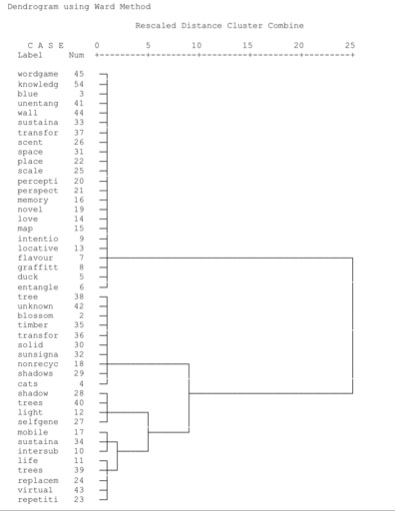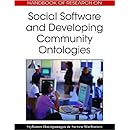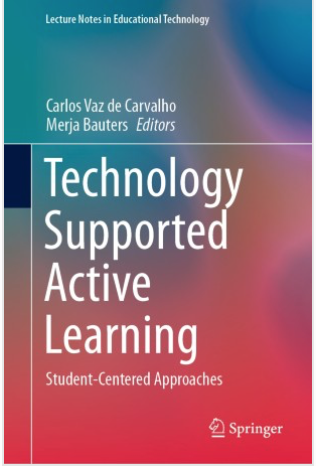Last spring we run in Tallinn University an international course ‘eLearning’ in the frames of the IST 6th Framework project iCamp (http://icamp.eu). One of the students’ weekly tasks was to write reflections of their individual and group-work.
We aimed to investigate the occurrence of self-direction in these reflective postings and developed a categorization scheme with Sonja Merisalo, a master student of Tallinn University.
An elaborated Activity system framework provided a model to illustrate self-direction categories.

The most interesting in this model is that it enables to see three types of mediators of action (‘tools’) that individuals use to achieve their objectives:
– material tools, services and resources (any kind of social software for example)
– self-direction as a cognitive tool
– team as a tool
The first type of tools is following Vygotsky’s (1978) account of mediation by tools, which is also including words as sign-tools.
For the second type of tools, Wegerif (2007) has suggested it’s not just the use of explicit reasoning but the ability to change one’s mind and see things from a new perspective, that is essential for learning.
Second and third type of tools also follow Bakhtin’s (1986) account of mediation by the voices and perspectives of others (dialogic).
In a book chapter Knowledge Media Tools to Foster Social Learning (Okada et al. 2009) wrote:
The boundary between subjects is not therefore a demarcation line, or an external link between self and other, but an inclusive ‘space’ within which self and other mutually construct and re-construct each other
This becomes also apparent from the figure in which self as a tool and team as a tool have the moving, perceptional borderline.
Another interesting thought is that several kinds of ruptured situations become visible. Ruptured situations are usually assumed to be the triggers of self-reflection.
We used the categories to analyze the weekly progress of students, and statistical analyses demonstrated that the categorization system has a very good internal logic… so now we are quite enthusiastic of writing these data.
One more idea is to demonstrate how the perception of your learning environment and tools (here i mean all three types of ‘tools’) is changing when learning in social settings, and designing something in teamwork.
I imagine the course as some kind of timeline-pipe for learning in which the flow of initiating the use of certain types of ‘tools’ fluctuates and is regulated by the availability of some types of ruptured situations that the learners notice in the environment. The ruptured situations trigger and constrain the use of ‘tools’, the use of these ‘tools’ puts more attention on noticing and creating the ruptured situations.

Anyway, if i find time i try to formulate it better.
Bakhtin, M.M. (1986/1978). Speech genres and other late essays. In C. Emerson & M. Holquist (Eds.). Austin, TX: University of Texas Press.
Wertsch, J. V. (1991). Voices of the mind: A sociocultural approach to mediated action. London: Harvester Wheatsheaf.
Wegerif, R. B. (2007). Dialogic, Education and Technology: Expanding the Space of Learning. New York: Springer-Verlag.












